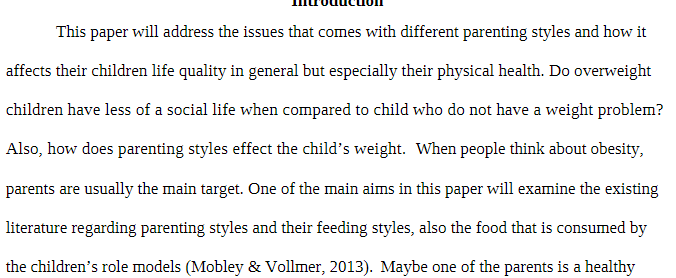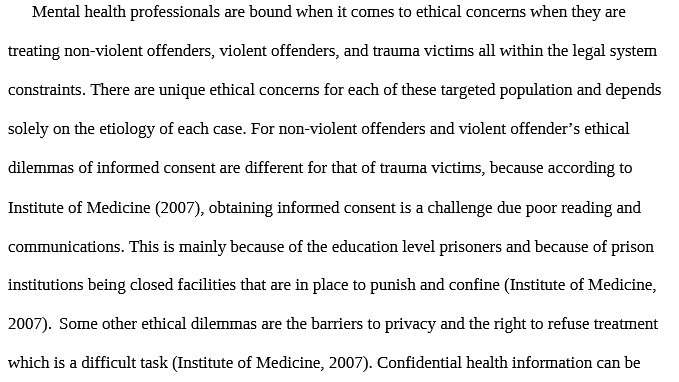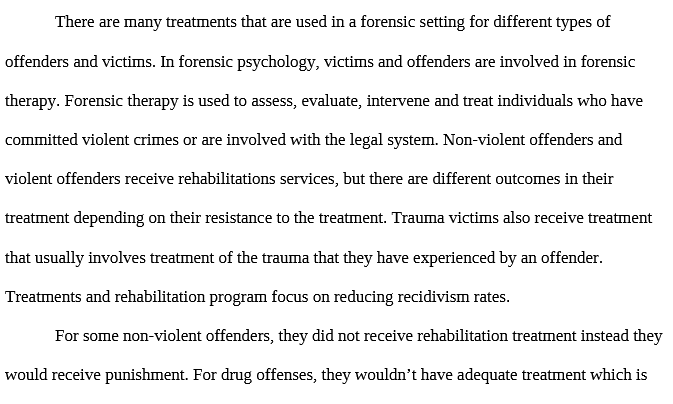PSY 510 PSY510_final project_SNHU.docx
$4.99$16.99
PSY 510 PSY510_final project_SNHU.docx
IntroductionThis paper will address the issues that come with different parenting styles and how it affects their children’s life quality in general but especially their physical health. Do overweight children have less of a social life when compared to children who do not have a weight problem? Also, how do parenting styles affect the child’s weight? When people think about obesity, parents are usually the main target. One of the main aims of this paper will examine the existing literature regarding parenting styles and their feeding styles, also the food that is consumed by the children’s role models (Mobley & Vollmer, 2013). Maybe one of the parents is a healthy eater while the other parents don’t really give importance to their diet.
Description
PSY 510 PSY510_final project_SNHU.docx
IntroductionThis paper will address the issues that come with different parenting styles and how it affects their children’s life quality in general but especially their physical health. Do overweight children have less of a social life when compared to children who do not have a weight problem? Also, how do parenting styles affect the child’s weight? When people think about obesity, parents are usually the main target. One of the main aims of this paper will examine the existing literature regarding parenting styles and their feeding styles, also the food that is consumed by the children’s role models (Mobley & Vollmer, 2013).
PSY 510 PSY510_final project_SNHU.docx
Maybe one of the parents is a healthy eater while the other parents don’t really give importance to their diet. Literature review and Annotated Bibliography According to Pediatr (2015), Worldwide,3.4million adults die every year as a result of being overweight or obese. To make things worse, the prevalence of worldwide obesity is increasing, and the number of people who are overweight and obese has doubled from 1980 to 2008. According to the report of the Organization for Economic Co-operation and Development (OECD) on ‘obesity and the economics of prevention, Australia has the sixth highest prevalence of being overweight or obese amongst OECD countries, and trend analysis suggests that Australia will outrank the USA and UK by 2022, where prevalence is currently 70 and 62 %, respectively (Pediatr, 2015).
PSY 510 PSY510_final project_SNHU.docx
Moreover, physical activity, sedentary time and dietary intake are well established as core lifestyle behavioral risk factors for overweight and obesity prevalence. According to the Australian Institute of Health and Welfare, only thirty-nine percent of Australian adolescents (aged 15–17 years) are estimated to meet the Australian Government Department of Health guideline of least min of moderate to vigorous-intensity physical activity every day with twenty-three percent being sedentary and seventy percent exceeding the recommended screen time less than two hours a day.
PSY 510 PSY510_final project_SNHU.docx
- PSY 211 – Lifespan Development (5015 Documents),
- PSY 215 – Abnormal Psychology (4335 Documents),
- PSY 108 – Introduction to Psychology (3759 Documents),
- PSY 223 – Statistics for Psychology Research (2652 Documents),
- PSY 216 – Psychology of Personality (1841 Documents),
- PSY 510 – Research Methods (1748 Documents),
- PSY 520 – Research Methods in Psychology II (1469 Documents),
- PSY 257 – Psychology (1451 Documents),
- PSY 310 – Criminal Psychology (1393 Documents),
- PSY 200 – FOUNDATIONS OF ADDICTIONS (1379 Documents),
Only logged in customers who have purchased this product may leave a review.







Reviews
There are no reviews yet.